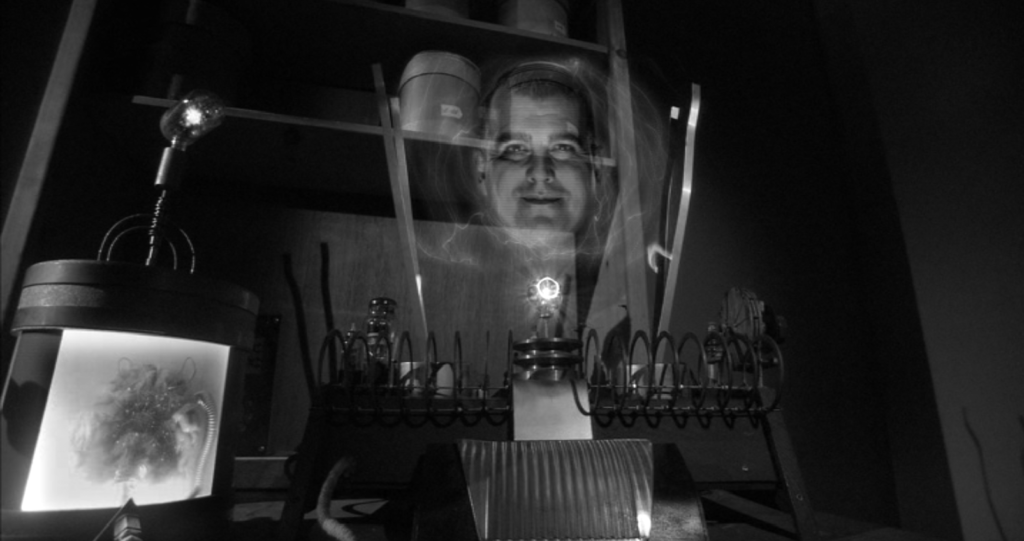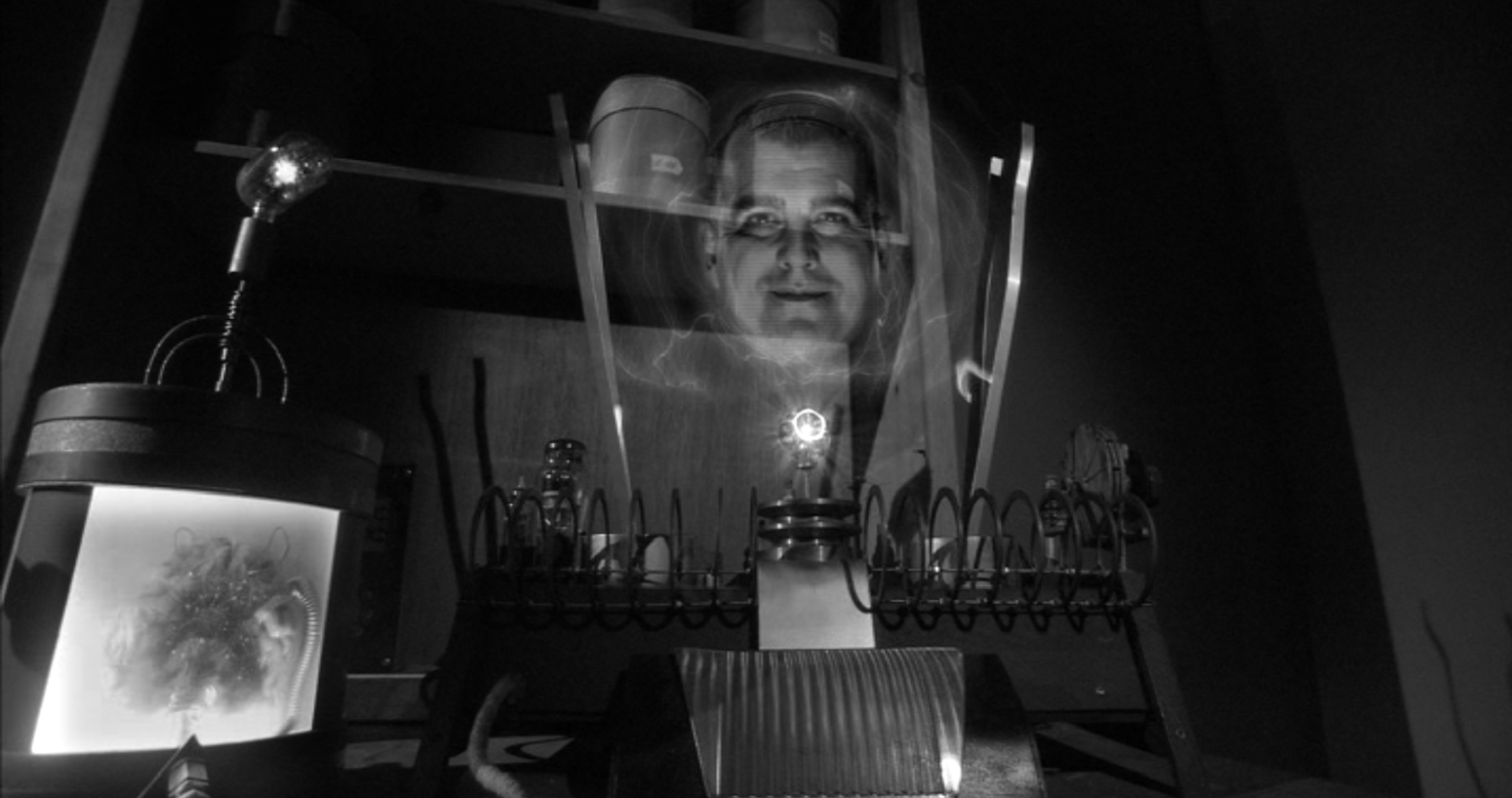Movie Review: The Whisperer in Darkness (2011) directed by Sean Branney
There’s severe flooding in Vermont in 1927, and reports of dead things in the water that don’t look like anything recognized by standard biologists. Albert Wilmarth (Matt Foyer), a professor of folklore at Miskatonic University, scoffs. After all, the locals are primed to believe in such things by centuries of legends passed down from the natives who originally lived there. He’s even recently acquired the original manuscript of a book on the subject all printed copies of which have been lost, but was widely read in its day. Wilmarth gets suckered into a debate with Charles Fort (Andrew Leman), noted collector of unusual event reports, on the subject.

On the night of the debate, Wilmarth is approached by George Akeley (Joe Sofranko), son of Henry Akeley (Barry Lynch), a Vermont farmer and folklorist who’s been reporting that strange visitors have been lurking in the area. George has been sent with some new evidence, and after a humiliating performance in the debate, Wilmarth, Fort and members of the Miskatonic faculty view it. Some odd footprints, like oversized deer, a ring of stones, a wax recording of a meeting with the creatures, and photographs. Except that according to George, the things do not show up in photographs except as a vague distortion. (At least not using normal eyesight on the photographs.)
Wilmarth admits this evidence is…interesting, if not conclusive. His colleague Nathaniel Ward (Matt Lagan) warns him not to pursue the matter further, citing his own dangerous encounters with the preternatural.
Akeley’s letters become increasingly fearful as he claims the creatures are closing in around his farm. Until one day a completely different letter comes saying that there was never anything to fear, and Wilmarth should come visit Vermont. Oh, and bring along all the evidence so they can have a nice discussion about what really is going on.
Wilmarth agrees and soon is off to remotest Vermont. But what he finds there is beyond his wildest imagination.
This black and white horror film is based on a 1931 novella by H.P. Lovecraft. It’s more science fiction oriented than many of his works, as the Fungi from Yuggoth (sometimes known as the Mi-Go) are aliens from space who use advanced technology, rather than “gods” that use magic. However, it still ties into the Cthulhu Mythos. The movie is shot to look like a Universal monster movie from the time period, which works well for this kind of story.
The special effects are well done, and the Vermont location shooting adds to the atmosphere.
Like many Lovecraft stories, the original is very “talky” and slow-moving. This adaptation keeps much of that with some visual variety to keep the audience awake until we reach the horror portion of the story. The last third of the movie is new material as Wilmarth attempts to thwart a plan by local collaborators of the Mi-Go to open a permanent gateway between Earth and Yuggoth (or as modern audiences would call it, Pluto.) There’s still a suitably Lovecraftian ending.
The HP Lovecraft Historical Society has done a bang-up job bringing this story to the screen.
Content note: Mutilated corpses, torture, suicide, child death. Between this and the slow nature of the movie, I would not recommend for below late teenage viewers.
Highly recommended for horror fans with patience.
By the by, Charles Fort was a real person, so let’s learn a bit more about him!

